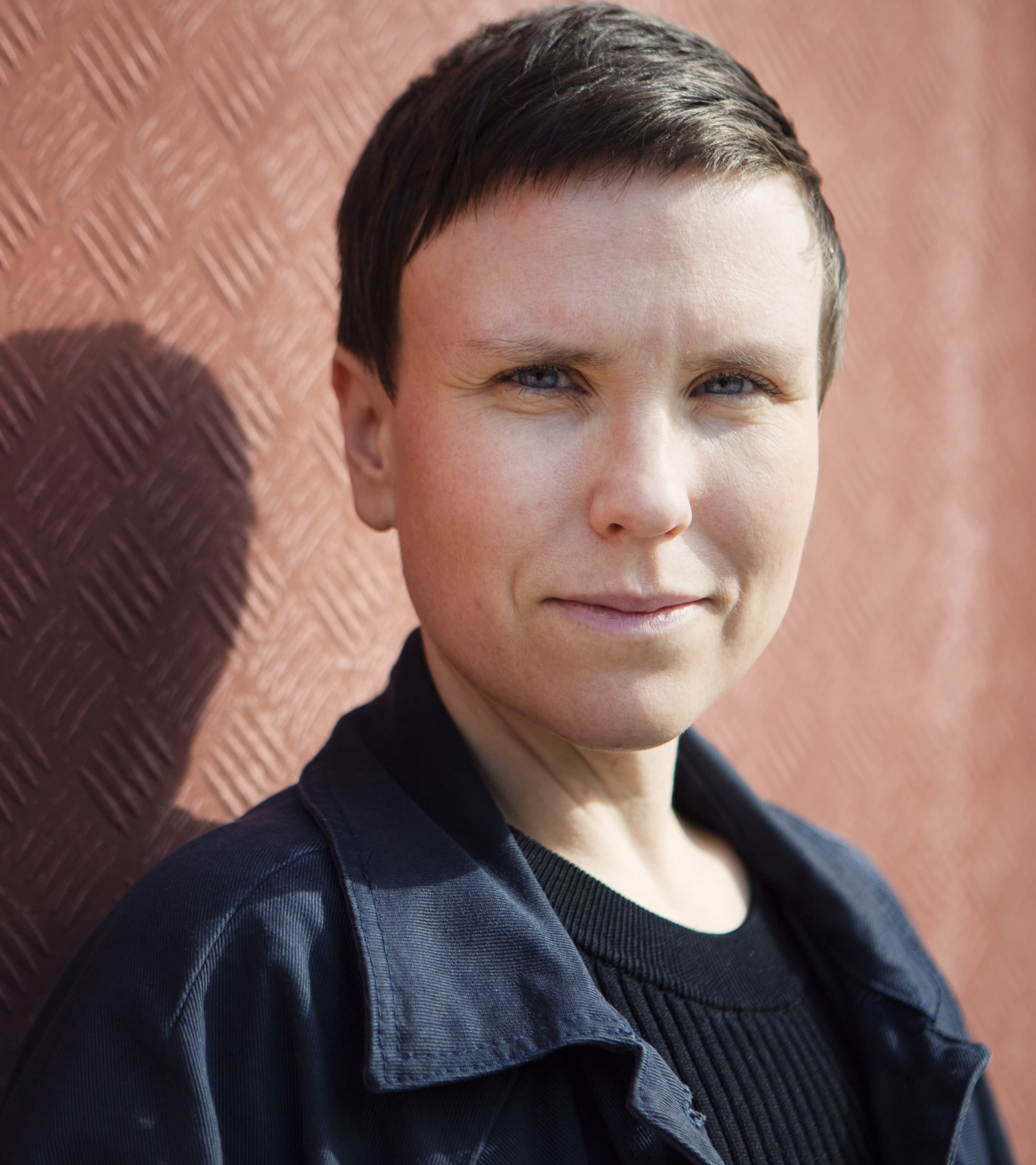Four in 10 communities exceed the national poverty rate, according to the latest report from the Melbourne Institute: Applied Economic & Social Research at the University of Melbourne with support from the Paul Ramsay Foundation.
The Breaking Down Barriers report and interactive visualisations exploring poverty at a community level released today reveal pockets of poverty are found in every state and territory across Australia.
Although the total number of households in poverty across Australia fell slightly between 2006 and 2016, over 40 per cent of communities exceed the national poverty rate of 12 per cent.
Poverty rates improved for two-thirds of communities between 2006 and 2016 but worsened in 16 per cent. Of the poorest communities in 2006, 62 per cent remained at the bottom in 2016.
As the Australian economy faces a long road to recovery from the COVID-19 pandemic we can expect to see more prevalence of poverty in communities all across the country, according to report co-author and Director of the Melbourne Institute, Professor A. Abigail Payne.
“Poverty is a national issue and it is more important than ever to understand the drivers of poverty over time,” Professor Payne said.
“Over the coming months we will see a reduction in the COVID related payments which have kept many households afloat. If we are to address poverty in a meaningful way, we need to better understand what is happening at a community level.
“This report and the interactive visualisations demonstrate the important variation in poverty rates across communities and over time.”
Using the visualisations, users can explore key socio-economic characteristics of the communities based on their ranking on poverty relative to other communities. The visualisations rely on data from the Census in 2006, 2011 and 2016 and includes approximately 2142 communities.
“We have extended the analysis to address what enables entry into and prevents exit from poverty. By better understanding this variation and the factors correlated with poverty we can introduce and test effective innovations in policy and practice to meet a national aspiration to eliminate poverty in Australia,” Professor Payne said.
The report – Spatial and Community Dimensions of Income Poverty – finds the share of households close to the poverty line has decreased between 2006 and 2016. The average share of households living in extreme poverty in our communities – those who receive less than a quarter of the median income – however has increased, from 3.2 per cent in 2006 to 3.9 per cent in 2016.
Single people and single parent households are also much more likely to experience poverty. On average, 23 per cent of single households in each community were in poverty in 2016, down from 29 per cent in 2006. Twenty-two per cent of single parents were in poverty across the 10 years covered in the report, compared with less than 10 per cent of couple households.
Paul Ramsay Foundation CEO Professor Glyn Davis said the COVID-19 pandemic has made finding solutions to community poverty even more urgent.
“Some communities continue to be stuck in entrenched cycles of poverty. With the onset of the pandemic, the challenge for reducing entrenched poverty in these communities is even greater, and will take years to address,” Professor Davis said.
The report is the second of three to be released in 2020 by the Melbourne Institute in partnership with the Paul Ramsay Foundation.
Media are also invited to attend a virtual colloquium for the launch of the report and interactive tool, Tuesday 10 November 2020. Register here.







